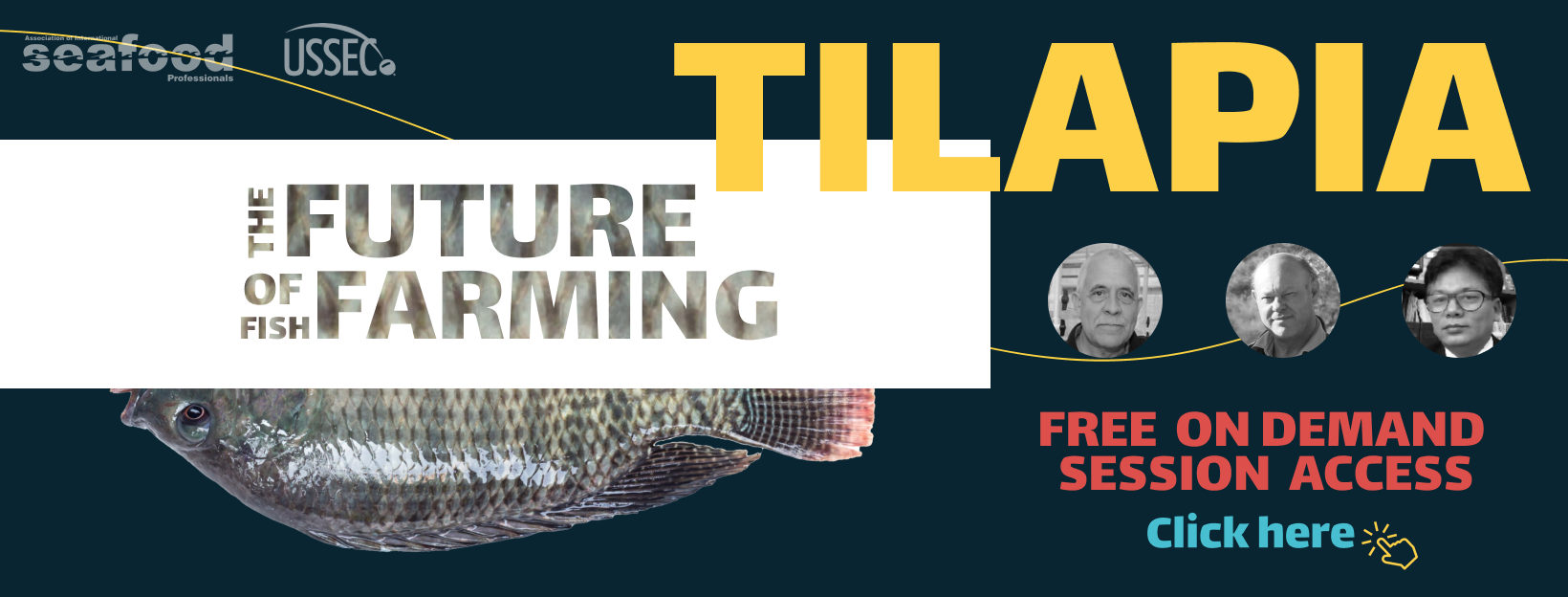The first use of aquaculture in Australia began thousands of years ago, in an aboriginal community, where eels were raised in Lake Condah and Tyrendarra in the Victoria area. One of the first attempts of extensive aquaculture was the transportation of yabbies, or crayfish, between ponds to restock the impoverished ponds with fish. In the 1960’s, the first steps of experimental aquaculture were started with yabbies by harvesting them in farm reservoirs and natural waterways.
Aquaculture is currently the fastest growing primary sector industry in Australia. Its value has increased at a rate of 13 percent annually since 1990, and in 2003 the value of aquaculture production was approximately $251.3 million USD, according to the Food Agriculture Organization of the United Nations (FAO).
Australia’s hard work has seen increases and developments in this industry. Day-by-day, the industry creates opportunities and income in a varying economy. This is revealed through the Aquaculture Production Summary for Queensland which says that “the total value of the Queensland aquaculture industry has increased by 39.2%, with the value of production increasing from $118.4 million in 2018-19 to a record high of $164.9 million in 2019-20”.
One of the best places for an opportunity to invest in aquaculture is Queensland. Although the global harvest of seafood is not expected to increase, the demand for seafood continues to increase due to increasing population and global wealth. “Over the past decade, aquaculture has been Queensland's fastest growing primary industry and continues to show significant potential for expansion, particularly in regional areas,” says the Department of Agriculture and Fisheries of Australia (DAFQ).
The government and local workers work together to maintain high operational standards and environmental responsibility. “The industry's clean, green and safe reputation is a clear advantage in local and international markets,” said DAFQ.
Regions like Gladstone, Mackay, Rockhampton, Townsville, Whitsunday, Hinchinbrook (Macknade) and Hinchinbrook (Halifax/Braemeadows) have the doors opened for investment in new aquaculture projects. Capital costs differ depending on aquaculture types and species. For example, a prawn farm in Queensland, with all appropriate equipment, ponds, buildings and processing facilities, is estimated to cost between $100,000 and $150,000 AUD per hectare of pond, not including land costs. A semi-intensive pond culture operation for the growth of silver perch, including land purchases, is between $300,000 AUD (15 tonnes per year) and $700,000 AUD (50 tonnes per year). On the other hand, an intensive pond-culture operation for the growth of silver perch, including the purchase of land, equipment and the construction of ponds, would be $1 million for 10ha of ponds with a production output of 50-80 tonnes.
So if you are thinking of making an investment and are passionate about aquaculture, you can take advantage of this opportunity and invest in a sector of the economy that, as its numbers indicate, is on the rise and can give you good returns.
If you would like to know more about investment opportunities in Australian aquaculture, here are some useful resources:


